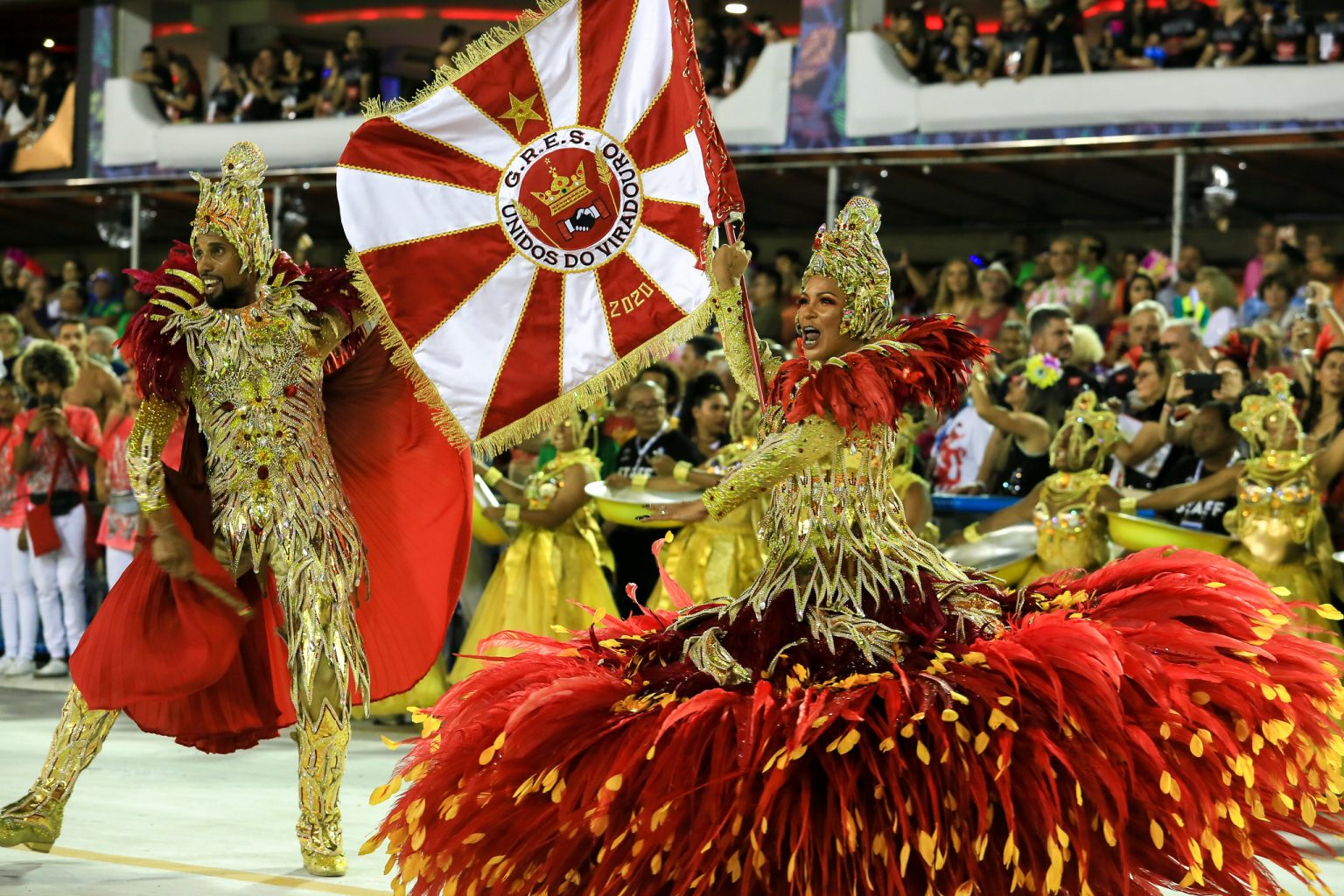

Glauce Costa, a 32-year-old secretary and mother of one, stomped and shook, the tassels of her white dress gyrating. Shortly before midnight, the procession began, propelled by the school’s legendary percussionists, a battery of 280 drummers known as “Não Existe Mais Quente,” or There is None Hotter. Thousands of Mocidade members, most dressed in its trademark green and white, converged on the square for one of their last rehearsals. On Monday night, a group of the women met at a square next to a train station in the gritty Rio suburb of Bangu. “I run, I take care of myself, but I don’t have one of those bodies you see on TV.” “I never thought I would be able to take part in something like this,” says Duza Alves Barbosa, the eldest of the women, who works as a vendor at a jewelry store. None have the Photoshop features that leap from magazine covers. What Menezes did want among the applicants was variety. Dozens of workmen below are still welding and painting floats and giant sculptures of oxen, farmhands and other rural caricatures that will adorn them. “She wasn’t exactly what we were looking for,” said Menezes, in his office above a cavernous warehouse where the school is making final parade preparations. Other applicants, including a 60-year-old, did not quite fit the profile. Some applicants only sent photos of their breasts - not enough for the school to make an informed decision. Many applicants did not quite understand the requirements.Ī few submitted photos that left no doubt of surgical intervention.

The cost, along with that of the floats and other expenses, add up to a $2.5 million budget at Mocidade, which is financed by television revenue, government cultural subsidies and the backing of school supporters.Īt first, the response was slow. Applicants were asked to submit a photo, basic personal details and their body measurements, necessary for tailoring the skimpy, but costly hose, harness, boots and headdress that those chosen will wear.Įach costume, at a cost of about $1,200, is bedecked with rhinestones and studs and further adorned with pheasant and rooster feathers. To find its 22 implant-free participants, who will preside over the first of the school’s nine parade floats, Mocidade last October put the word out via social media. The event will pad the local economy by more than $700 million, according to city figures.

In Rio, home to Brazil’s best-known Carnival celebration, 5 million people are projected to join the party this year, a fifth of them tourists. “It is making things more authentic and more popular.” “There is more variety than before and a desire for things to be a little less produced,” says Haroldo Costa, a Carnival veteran and author of a history of the festival. Though still dominated by the big parades, broadcast nationwide each night, Carnival in recent years has enjoyed a rebirth of the block parties and neighborhood revelry from which the big event sprang. The natural bodies at Mocidade are seen as a small nod to a trend that has pushed Carnival at least a little bit back toward its roots. Each samba school, as the troupes are known, is a regiment of dancers, drummers and divas. The show at Rio’s Sambadrome, the floodlit concrete parade ground, is a multimillion-dollar extravaganza of costumes, music and theater. With two-thirds the population, it runs a close second to the United States in its number of plastic surgeons and the number of surgeries performed, according to the International Society of Aesthetic Plastic Surgeons. “Most of the women who want to take part in something like this have all had some surgery.”īeauty-obsessed Brazil boasts one of the world’s highest rates of cosmetic surgery. “It wasn’t easy,” says Paulo Menezes, the artistic director for the group, one of the 12 top-tier troupes that will march in Rio’s Carnival starting on March 2. In salute to a bygone era, Mocidade wanted Carnival dancers without the globular breasts and “bumbum,” or buttocks, that now dominate the annual spectacle, a week-long party meant to purge sin before the Catholic season of Lent. The women wanted by Mocidade Independente Padre Miguel, one of Rio de Janeiro’s best known Carnival troupes, had to be silicone-free.
SAMBA DE JANEIRO PATCH
It sounds like a simple request in a city known for steamy nightclubs, Bacchanalian beach parties and Carnival parades featuring nude starlets donning only a “tapa-sexo,” a leaf-sized patch of fabric that serves, literally, as a sex covering.īut there was a hitch in the recent casting call. RIO DE JANEIRO, Feb 20 (Reuters) - Wanted: topless Carnival dancers.


 0 kommentar(er)
0 kommentar(er)
